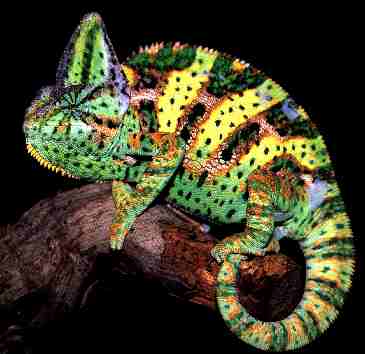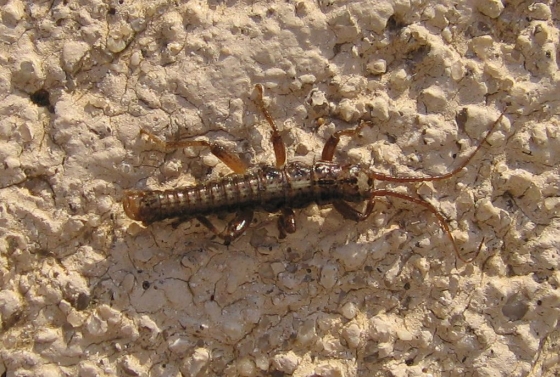Behavioral Ecology (2009) Vol. 20, No. 1, 96-102
Martin Stevens, Sarah A. Castor-Perry, and Jessica R.F. Price
Department of Zoology, University of Cambridge
Various conspicuous signals in nature promote initial and learned avoidance by predators. It is widely thought that such signals are most effective when highly symmetrical in features such as size and shape, supported by recent laboratory experiments with domestic chicks and artificial prey. However, no study has investigated the effect of asymmetry on conspicuous signals in a natural setting, where viewing distances, angles, predator species, and light conditions vary and where predators encounter prey sequentially rather than simultaneously. We undertook 2 field experiments with artificial gray-scale prey, marked with a pair of white markings presented to wild avian predators, to test the effect of asymmetry on the survival value of conspicuous signals in the field. Experiment 1 had treatments with symmetrical spots or with spots asymmetrical in area between 5 and 50%. All marked
treatments survived better than unmarked controls, but there was no benefit of being symmetrical. Experiment 2 tested the effect of possessing markings asymmetrical for shape or position and any additive effect of these 2 features. Again, symmetry conferred no benefit and targets with markings asymmetrical for position and/or shape survived equally well as those with symmetrical arrangements. These findings indicate that asymmetry in warning signals may not be costly to prey in nature or be of less importance compared with other features of the signal, such as color and overall size.
Keywords: antipredator coloration, aposematism, birds, eyespots, predation, symmetry.













 author email
author email corresponding author email
corresponding author email


